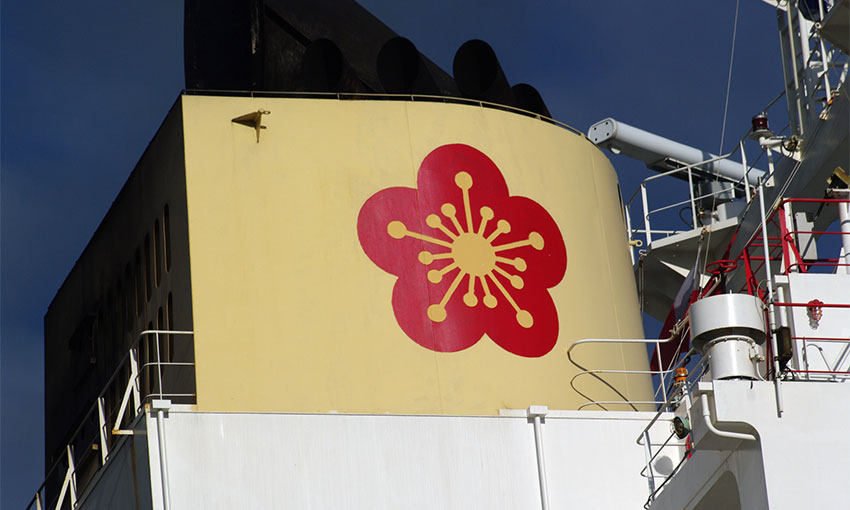HAPAG-LLOYD’S profit fell 66% in the first half of this year and almost 78% in the second quarter.
The company’s first-half profit dropped from US$9.5 billion last year to US$3.1 billion in 2023.
In the same period, its revenue went from US$18.6 billion to US$10.8 billion, which was a decrease of nearly 42%.
Hapag-Lloyd said it had expected the results to be significantly below those seen in 2022.
Transport volumes experienced a year-on-year decline of 3.4%, from 6012 TTEU in the first half of 2022 to 5807 TTEU in the same period this year.
Hapag-Lloyd attributed the change to lower demand for container transport on Far East and European trade routes to North America.
It also reported lower freight rates in the first half, down 38% from US$2855 per TEU in H1 last year to US$1761 per TEU in the same period this year.
The company said the lower average freight rate was responsible for the 42% decline in revenue.
“Weaker demand and lower freight rates are having a very noticeable impact on our earnings,” Hapag-Lloyd CEO Rolf Habben Jansen said.
Transport expenses were also below the prior-year level, at US$6.3 billion in the first half of 2023, primarily due to lower expenditures for demurrage and detention and a decreased bunker consumption price of US$625 per tonne.
“In a challenging market environment, we can look back on a successful first half year overall, in which we were able to expand our terminal portfolio while also significantly boosting our customers’ satisfaction thanks to our focus on quality,” Mr Habben Jansen said.
“In the second half of the year, we will continue to focus on formulating our Strategy 2030. This strategy will guide us forward on our strategic path to success in 2024.”
For the full year 2023, Hapag-Lloyd expects EBITDA to be in the range of US$4.3 billion to 6.5 billion and EBIT to be in the range of US$2.1 billion to 4.3 billion. It maintained the forecast published in March.
However, it said the ongoing war in Ukraine, geopolitical uncertainties, persistent inflationary pressures and high inventory levels are creating risks that could negatively impact the forecast.





